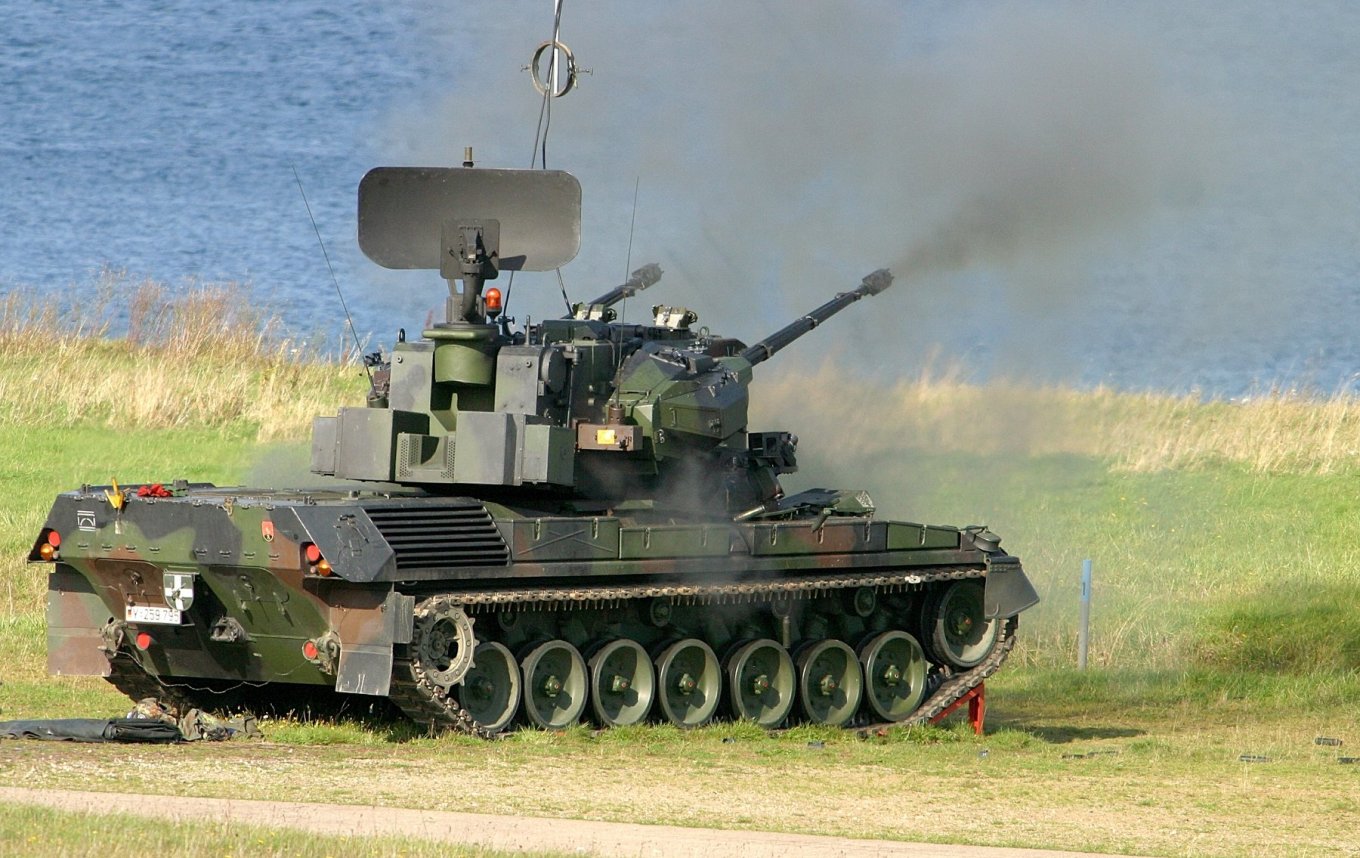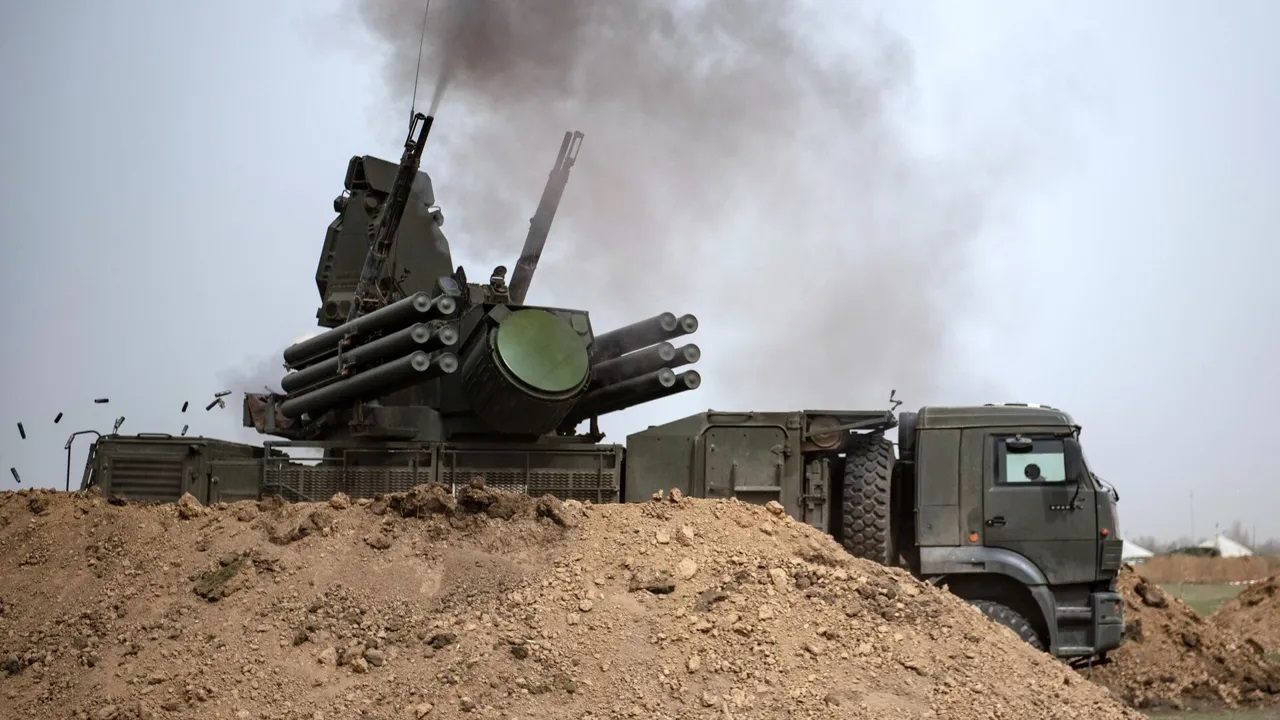Guns of the Pantsir Are Not Effective, russian Manufacturer Admits and Offers TKB-1055 Anti-Drone Mini Missiles Instead
Among the exhibits presented at the Armiya-2024 military forum in russia, which this year turned into a closed event, a new version of the Pantsir-S1 anti-aircraft missile/artillery system was demonstrated. The prototype is showcased under the name of Pantsir-SMD-E and crosses out the “artillery” part of the description because instead of twin guns, it only wields missiles now.
Where the barrels were mounted in previous iterations of this air defense system, launchers with twelve 57È6E missiles are now situated [rus.: 57Э6Е]. What’s interesting is that even after this alteration, the system is still promoted as an effective tool for countering drones but instead of bullets they suggest shooting UAVs with an alternative type of ammunition, the TKB-1055 small-sized missiles: up to 48 of them can fit in the launchers.

According to declared capabilities, the TKB-1055 can intercept aerial threats at altitudes up to 5 km within ranges 0.5 to 7 km. For comparison, the larger 57È6E missile is said to operate with altitudes up to 15 km and a range of 1.2 to 20 km.

The declared reasons for discarding the 30mm automatic guns are quite interesting: the low effectiveness against intercepting UAV-type targets. This statement is worth a closer analysis, as it’s an excellent example of the technological level of some russian allegedly advanced developments.
Generally, gunfire is accepted as effective against UAV-type targets. Take the Gepard self-propelled air defense artillery systems: in real combat conditions in Ukraine it shows extremely high efficiency and minimal ammo consumption when destroying a typical drone-type target. Note, this is the result achieved against modern-day UAVs while the anti-aircraft system itself was created back in the 1970s, modernized in the 1980s.

Also, anti-aircraft artillery systems are now the main trend for C-UAS warfare, speaking in practical terms — while tomorrow’s projects like laser technologies are still theoretical. The most effective among them are those synergizing with airburst ammunition, for example, Rheinmetall’s Skynex.
Meanwhile, the russian federation never invested in airburst munitions, and accuracy of plain gunfire also remained lower than Gepard’s, even in 2024.
As for the decision to use TKB-1055 mini-missiles instead of guns to intercept UAVs, the effectiveness of this change is debatable. First and foremost, the main requirement for any anti-drone system is the ability to fight a swarm of multiple UAVs incoming all at once. It needs not just a capability to intercept a large number of drones but also do it in the minimum possible time. Pantsir is infamous for problems with this aspect.

The specifications of Pantsir-S1 allow shooting at a limited number of targets based on how they are scattered within its field of view: it can engage four threats in the sector of ±45 degrees, or two threats in the ±90° sector. Moreover, all missiles utilized by this system are guided manually via radio command control link, they don’t have the fire-and-forget capability.
In summary, in case the new Pantsir is faced against a swarm of drones, it is helpless due to lack of time, technical and practical limitations. But in the russian federation, Pantsir-SMD-E is traditionally seen as a new page in the development of this “one-of-a-kind” air defense system.

